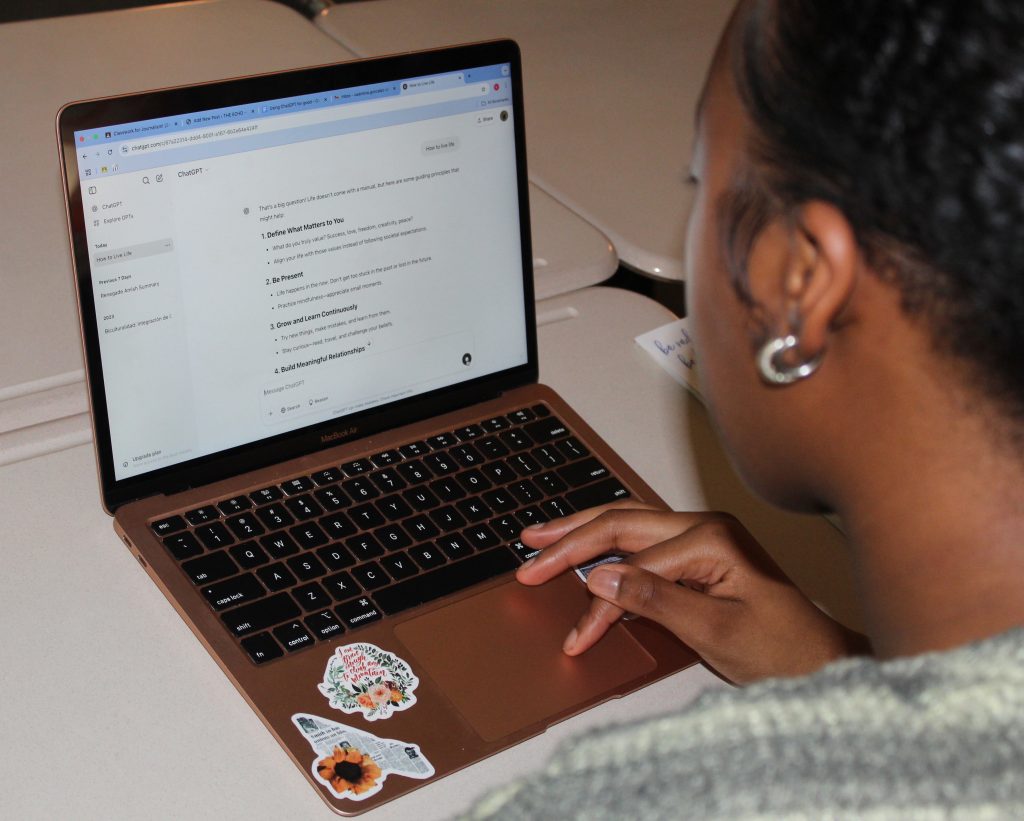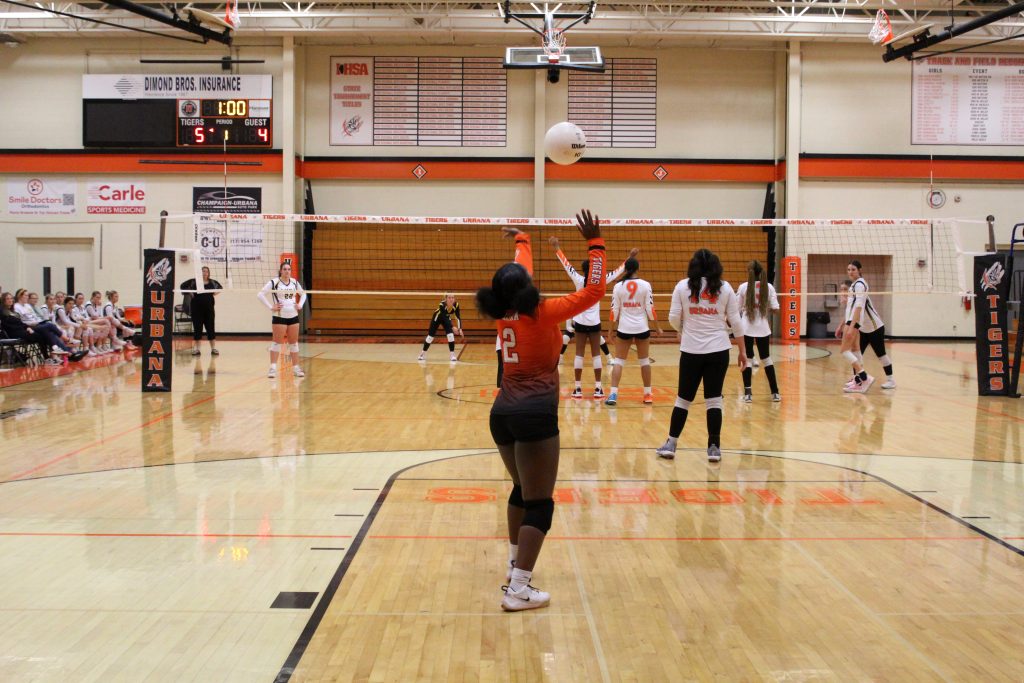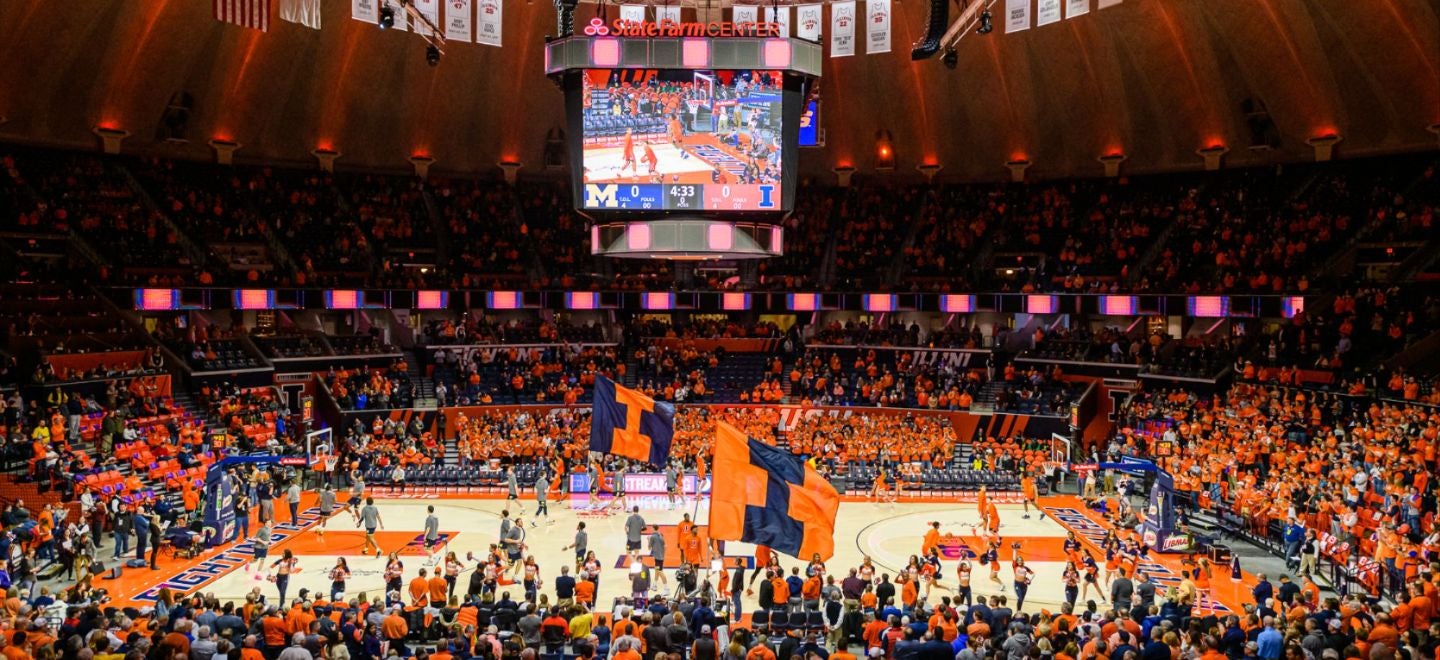What is school for? A closer look at remote learning
During the COVID-19 pandemic, students and teachers at Urbana High School have been joining Zoom calls and working over Google Classroom, instead of meeting at the school building. What originally was a short-term plan, not expected to last more than a month, has continued for nearly a year.
All this has drastically changed everyone’s view on what school means. What have students and teachers gained with this new perspective?

The forced shift to remote learning has made people evaluate what is most important and necessary about school. The new perspectives that have come from this might change what school looks like in the future.
“I’d like to see a change in how we run school,” said Kaila Juday, freshman. “I don’t really think it’s necessary for us to be in school 7 hours a day, and have additional hours of homework, and be expected to be in extracurriculars.”
For many students, learning from home has meant there is less support from the school, and it is more important than ever before to be independent. “Being able to succeed has been more dependent on me and my actions,” said Brianne Wefel, freshman.
Freshman Sophia Marino agreed. “I need to be very independent with my work now because there isn’t really anything to help me,” she stated.
Without social interaction, there has been less motivation for many students to work hard in all aspects of school. With the perspective of a school that is limited to its academics, students and teachers have realized that a good education includes more than what is taught in classes.
“Social interactions are their own form of learning,” said Wefel.
Without the support of friendships and social interaction at school, mental health has become a major concern. “Our school system in general lacks mental health support,” said William Villaflor, English teacher. “Hopefully, mental health will be a bigger priority moving forward.”
Students and teachers have also gained more knowledge about the technology used during remote learning and how it can be useful in multiple contexts. Tamra Gingold, orchestra teacher, will continue to use technology in her classroom even when in-person school is possible again. “Students need a variety of ways to learn material,” she said.
Despite its many flaws, remote learning has given many people the opportunity to find new and better ways to learn, in school and outside of it. “It’s caught me pleasantly off guard,” said Villaflor, “I am consistently impressed by everything that students are still able to do… the complexity and the livelihood of students is something that hasn’t really been diminished.”
Remote learning has made it necessary to reconsider what school should be, and how to make it that way. With the many new perspectives and ideas it brings to light, this could improve the future of school in powerful ways.










